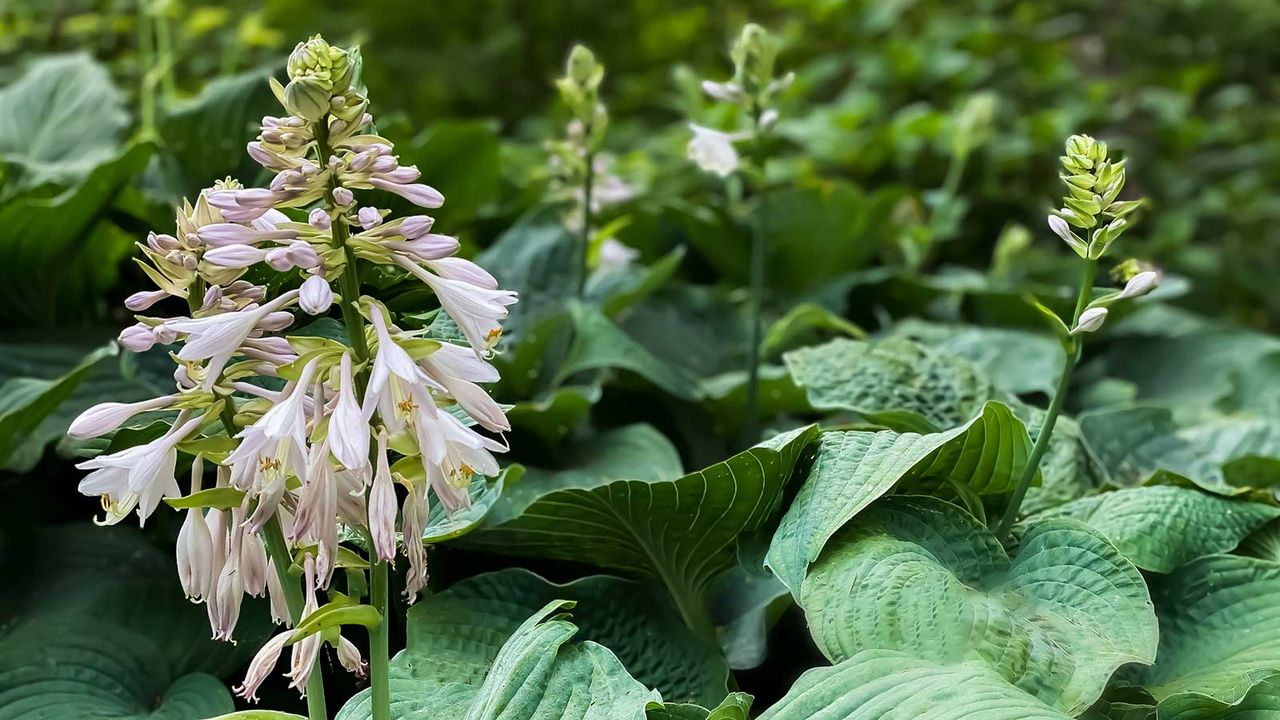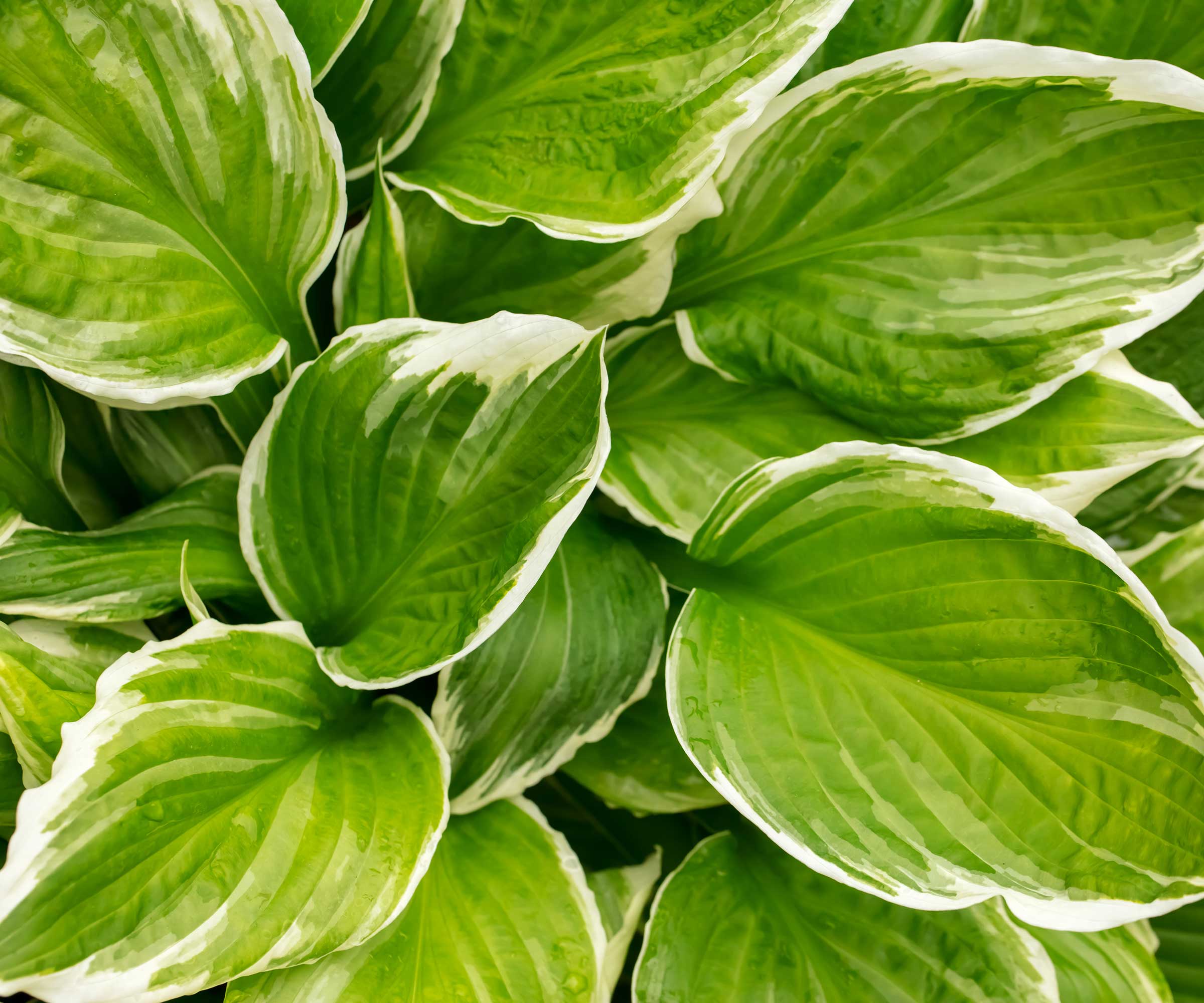
As the vibrant colors of summer recede and you begin turning to that essential list of fall garden jobs, your hostas should be a top priority.
While there is plenty of guidance available on planting these shade-loving perennials, knowing the precise time and reason to cut them back is less often explored. Hostas are one of the key perennials to cut back in fall, and it is one of the most beneficial tasks you can perform right now.
Timing this simple cut correctly isn't just about tidiness; it's a vital step in pest and disease prevention that sets your hostas up for their successful winter dormancy. By following this expert guidance, you ensure your treasured hostas not only survive the cold snap but return in spring with even greater vigor, allowing you to enjoy their lush greenery and abundant foliage long into the new year.

Should you cut back hostas in the fall?
You should definitely cut your hostas back in the fall to allow the plant to focus its energy on creating new growth after the winter has passed. Early fall is also a good time to divide hostas.
How to identify the ideal time for cutting back hostas in fall

Hostas are perennials, meaning their leaves naturally die back and collapse during the cold season if left alone. The key to healthy fall maintenance is to wait until the first hard frost has passed.
At this point, the leaves will be wilting and browning, signalling that the plant has finished absorbing energy for the year and is ready to be trimmed, as Homes & Gardens Content Editor and professional gardener, Drew Swainston, explains:
'I always cut hostas back in the fall. This is because the foliage dies back one hit by frost, turning brown and slimy,' he says. 'Not only does it look unattractive when left in beds, borders, or containers (which was a prime reason for cutting them back when I worked in public gardens), but the decaying foliage can also hide unwanted secrets if left in place.
'Firstly, it can be an ideal spot for slugs, snails, or other unwanted pests to overwinter. It provides a nice hiding place to sit out the cold weather and come out again in spring to start munching on plants.
'Secondly, the rotting, sludgy leaves can also be a breeding ground for bacteria and fungi, and any diseases that result from leaving the decaying foliage can spread around the garden.'
Removing the decaying material prevents pests from taking refuge and causing extensive damage to your hostas next year.
If you still see a few healthy green leaves, however, it's best to leave them be, as the plant is still relying on them to store and process vital energy back into its roots for the coming season. You should also trim away any leaves that have been severely damaged by the frost.
How to cut back hostas in the fall
There is no excuse not to cut back hostas in the fall, as the old foliage can be so simple to remove.
'You can cut them back with clean and sharp pruning shears, while sometimes they can even be removed by hand and will come clear of the crown with a little pull,' says Drew.
Use a clean, sharp pair of pruners to cut the entire leaf stalk down to within one to two inches above the crown of the plant.
It's often easiest to gather the entire clump of wilted foliage into one hand and cut the stems en masse with the other.
Once cut, be sure to promptly remove and discard all the dying leaves from the garden bed, as this is the crucial step that prevents slugs and disease from overwintering and attacking your emerging hosta leaves next spring.
If you're interested in growing new hosta plants, you can find out everything you need on growing hostas from seed in our dedicated guide.
These are made of Japanese stainless steel and can easily trim branches with a diameter of one inch. Perfect for cutting back hostas in the fall.







